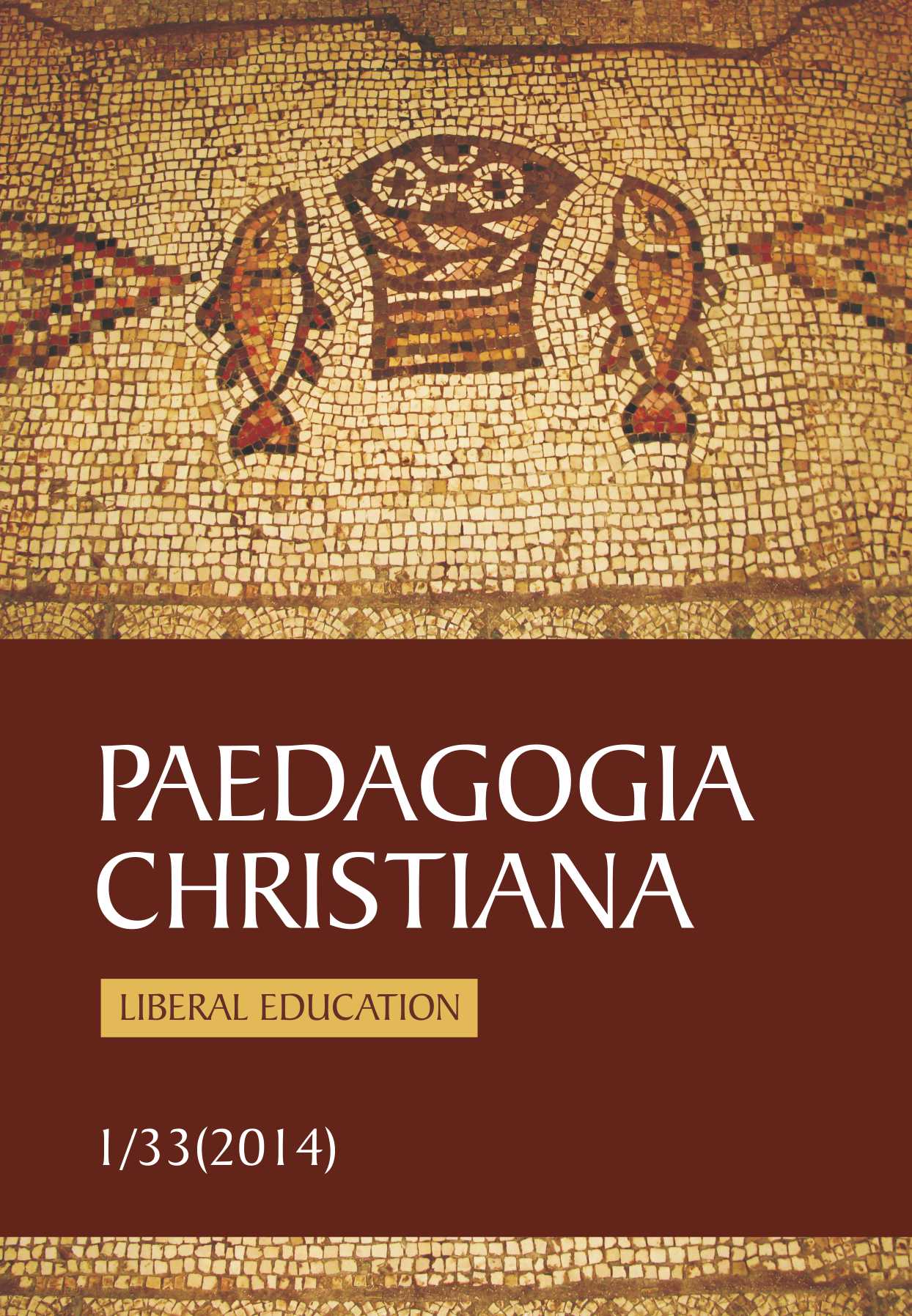Philosophy for Children Curriculum as the Introduction to Liberal Education
DOI:
https://doi.org/10.12775/PCh.2014.014Keywords
liberal education, teaching philosophy, Philosophical Inquiry, Philosophy for ChildrenAbstract
The paper shows some elements of liberal education in ‘Philosophy for children’ curriculum. The curriculum helps in teaching philosophy at every level of education. The argumentation refers to Leo Strauss and his concept of ‘greatest books’, to ‘multiculturalism’ of Martha Nussbaum and to ‘critical thinking’ of John Henry Newman. The paper describes the aims, goals, objectives and methodology of teaching in the curriculum and shows the components which are typical for liberal education.
References
Bloom A.. 2007. „Umysł zamknięty. O tym, jak amerykańskie szkolnictwo wyższe zawiodło demokrację i zubożyło dusze dzisiejszych studentów”. Poznań.
Elwich B., Łagodzka A., Piłat R.. 1996. „Filozofia dla dzieci. Informacja o programie”. Warszawa.
Hovland K., Schneider C.. 2011. „Deepening theConnections:Liberal Education and Global Learningin College”. Wiley Online Library.
Kumaniecki K.. 1957. „Słownik łacińsko–polski”. Warszawa.
Lipman M., Sharp A. M., Oscanyan F. S.. 2008. „Filozofia w szkole”. Warszawa.
Miller A.. 2007. „Rhetoric, Paideia and the Old Idea of a Liberal Education”. Journal of Philosophy of Education 41(2).
Newman J. H.. 1990. „Idea uniwersytetu”. Warszawa.
Nussbaum M.. 2008. „W trosce o człowieczeństwo. Klasyczna obrona reformy kształcenia ogólnego”. Wrocław.
Postman N.. 2001. „W stronię XVIII stulecia”. Warszawa.
Strauss L.. 1995. „Liberalismantient and modern”. Chicago.
Downloads
Published
How to Cite
Issue
Section
Stats
Number of views and downloads: 503
Number of citations: 0



